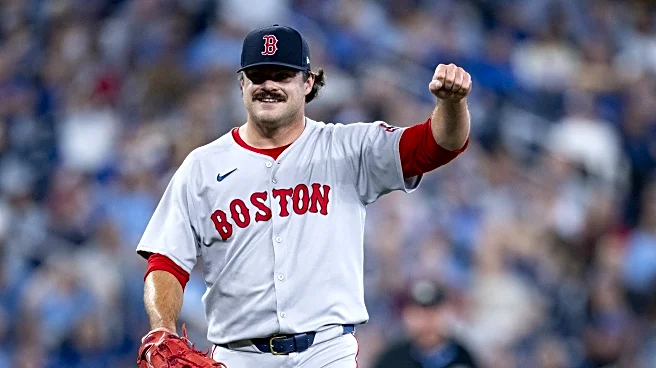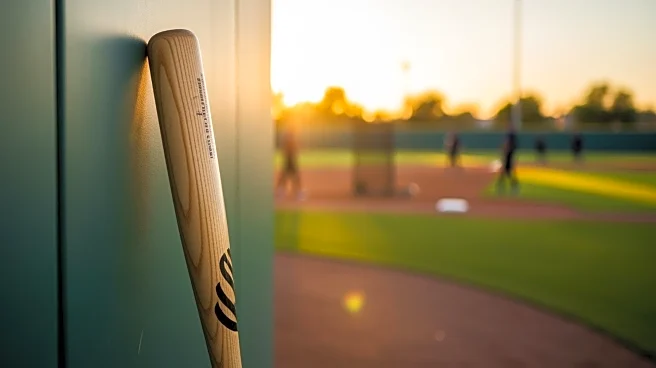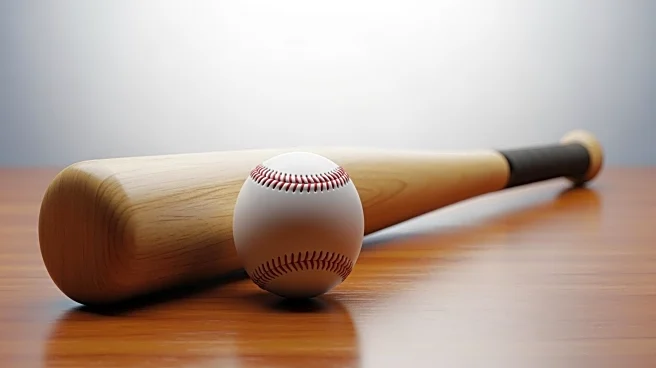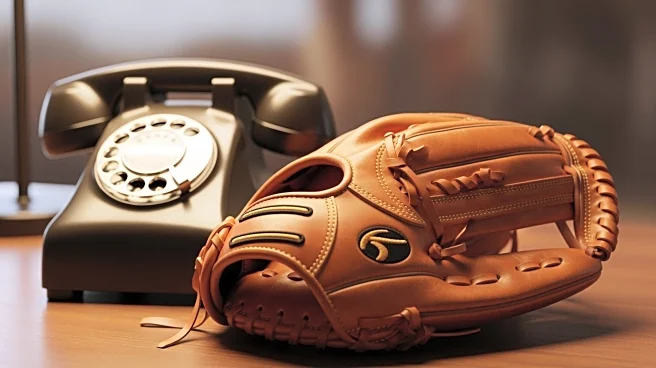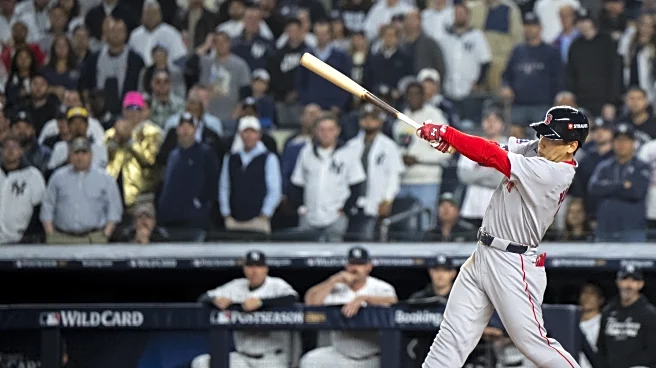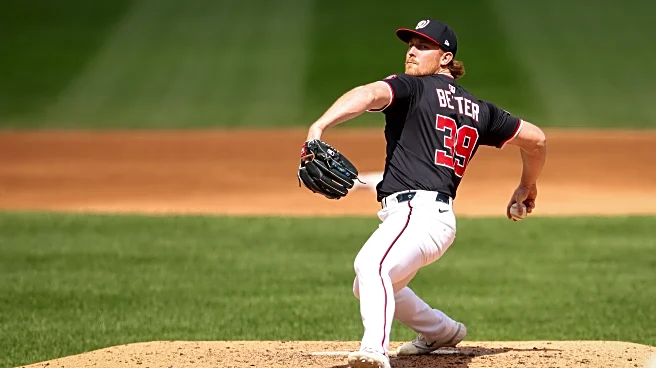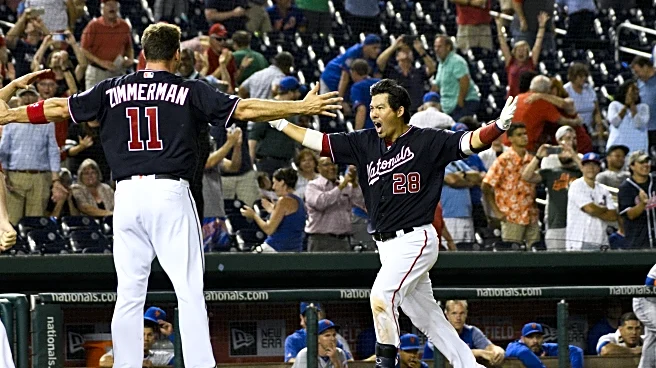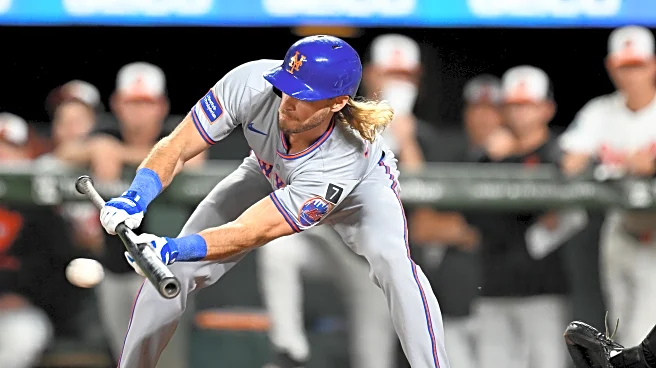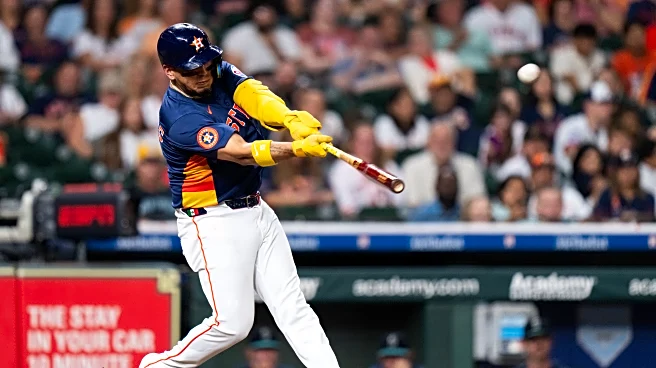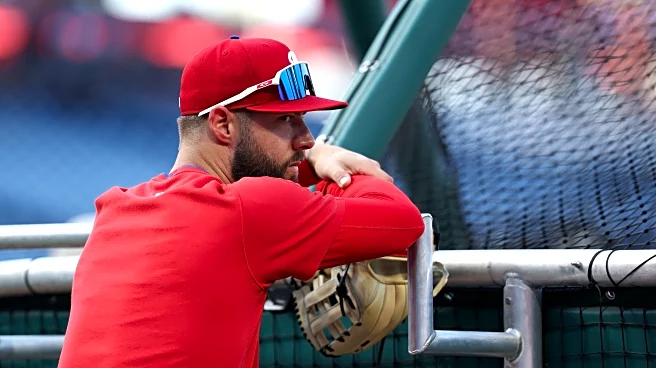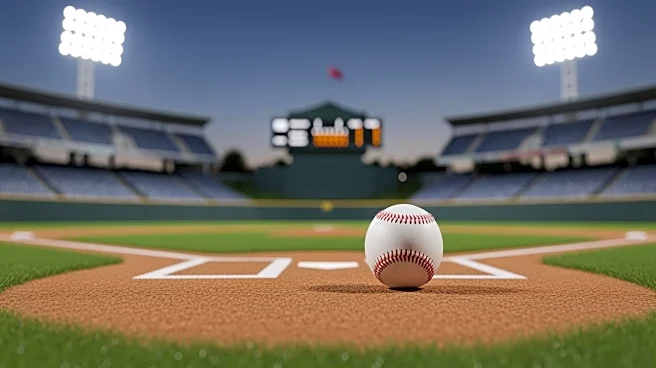2025 In A Discarded-On-The-Dugout-Floor Nutshell
Payton Tolle, a towering lefty who started his first professional season in High-A Greenville a few months ago, tore through the minor league system and showed a burst of promise before his lack of command on his secondary pitches got the best of him. He’s still not yet 23 and has a ton of potential in his 97 MPH fastball.
The Good
Payton Tolle needed just 18 starts to rise through four levels of the Red Sox’s minor league system. He’s 6’6”, 250 pounds. That’s Rob Gronkowski’s size, for reference. The former
TCU Horned Frog has a lot of power behind his fastball, which topped out at 98 miles per hour in his Major League debut.
Our own pitch master Jake Roy has written about how good of a pitch it is. But if, for some crazy reason, you don’t trust a guy who analyzes pitch movement for 35% of his day, you can take my word, too. I wrote about Tolle this season first as a member of the Greenville Drive in my Minor Lines pieces, as he skyrocketed up to the Majors and kept delivering six-inning performances while giving up one — or no — runs. That’s when I started to not only follow his games, but watch them. His size was striking, but the way guys were missing the fastball was incredible — and that didn’t stop as he progressively faced more experienced batters.
The fastball has 17 inches of vertical movement and 7 and a half feet of extension, which is among the most for any pitcher in baseball (the latter actually being in the 99th percentile.) When you can keep hitters off-balance with a pitch like that, everything else becomes easier, even when you miss. Take, for instance, this pitch that induced a fly out from Darnell Hernaiz:
That ball ended up in the center of the plate, in what the catcher would call Zone 5. But it did not look like it was going to fall even close to zone 5, and induced weak contact.
As Tolle rose through the Minor Leagues, he relied on his fastball to strike out a majority of the 133 batters he sat down in 91 innings. It was good for a 30.1% whiff percentage as a member of the big league team, which would have been in the top 15 percentile had he qualified.
The Bad
Tolle is still just 22 until next Saturday, so whatever bad there is, there’s plenty of time to work on it. His main opportunity is finding a way to find the strike zone more with his secondary pitches. Take, for example, his cutter, which slides just about enough to categorize it as a… sigh… slutter. After being called up, Tolle went to this pitch 68 times, or 19.7% of all pitches. If you look at the map below, you’ll find that he had some trouble finding the zone.

That’s not to say that it’s also not an issue that batters are connecting with the fastball. He got taken yard five times in his 16 1/3 innings leading to a 6.06 ERA after his promotion. Just three weeks after his debut, he was coming out of the bullpen, which I think is less of an indictment on Tolle than of the team needing more experienced and polished pitchers to start. But, with a VERY small six inning sample size, he allowed just two runs coming out of relief, so the team may have already found a place for him while he continues to grow.
Best Game or Moment
I have two, because his callup video is one of the top three, maybe even the best, callup videos I have EVER seen. It makes you want to just root for the guy. The enthusiasm for making his debut against a top-three pitcher in baseball would make anyone want to run through a wall.
And, of course, I’d be remiss if I didn’t mention how nails he was before Alex Cora went, perhaps prematurely, to a guy who let almost 80% of his inherited runners score this season. Perhaps it was the right move to let Tolle leave on a high note, hindsight not withstanding. But, for those 5 2/3 innings, he was absolutely lights out, including on his first of eight strikeouts he tallied on the night, this absolutely filthy 98 mile an hour fastball to Jared Triolo on an 0-2 count. While the team got some offense in against the surefire Cy Young winner, Tolle was stoically mowing Pirates down into the sixth. And just a day earlier, he was moved to tears from the promotion. How can you not be romantic about baseball?
The Big Question/2026 and Beyond:
How will Tolle be used going forward?
I will say these next two sentences until I’m blue in the face: the fact that Payton Tolle and Connelly Early were able to galvanize the team with their presence in the middle of a playoff run is a very good thing. But the fact that they were thrust into that position was a harrowing indictment on the front office’s hesitancy to buy into the team at the trade deadline. This is why the question is not whether Tolle will be a factor on this team’s for roster for years to come; that already seems pretty apparent.
My answer to the above question is that in 2026, Tolle’s confidence and command in pitches that aren’t his fastball will need to improve to become a viable rotation piece. The fastball is already there. There’s a reason Tolle is already called piglet, and hint: it’s not his giant stature. I hope that the front office echoes this sentiment, bulks their rotation up with more experienced arms (and perhaps Early, who looks a bit more ready), and takes confidence in the fact that, if they give him more time to tweak a few things in the minors than he was afforded in 2025, Tolle will turn into a rotation mainstay in the near-future.
